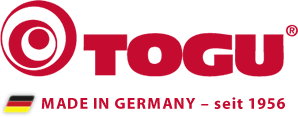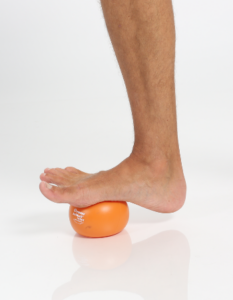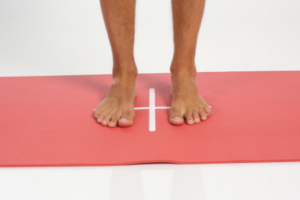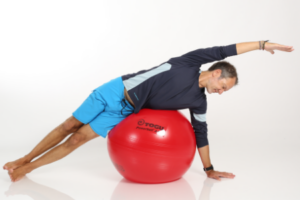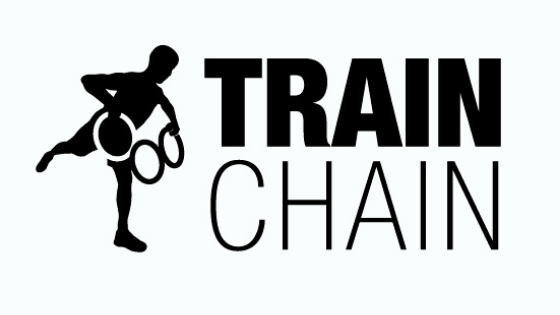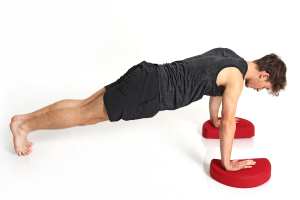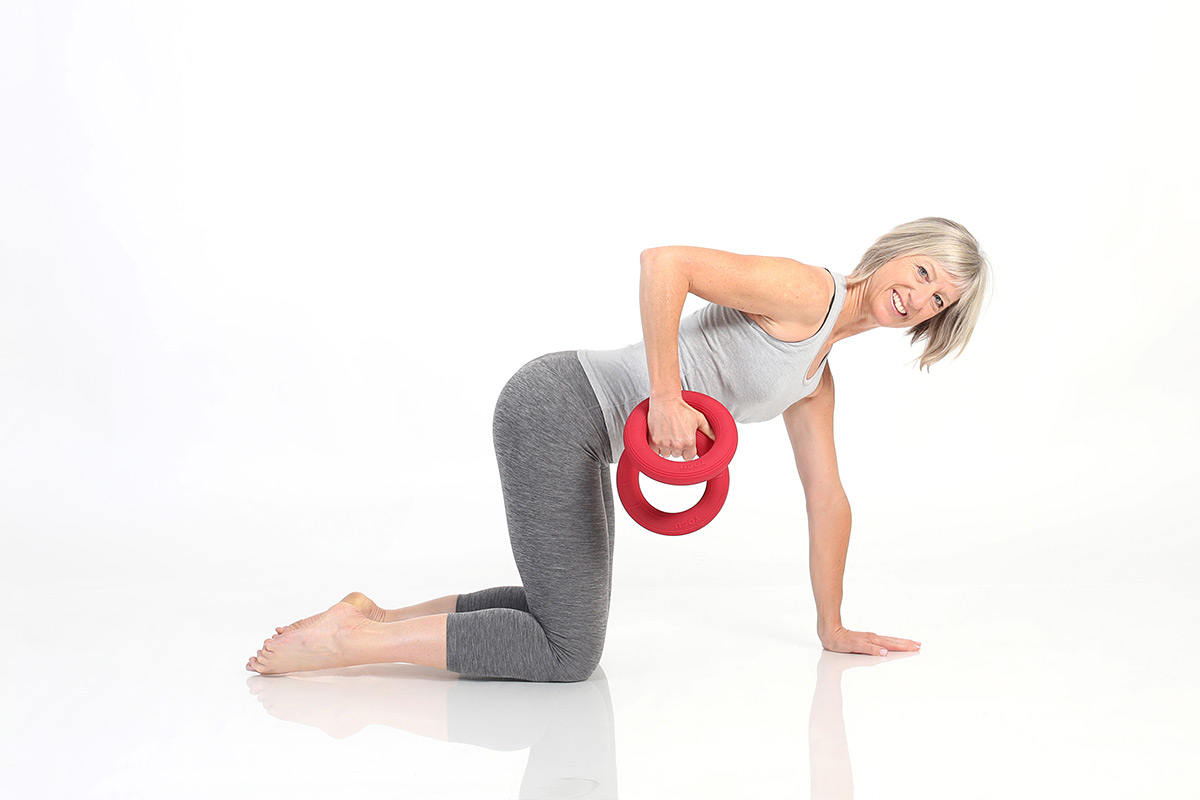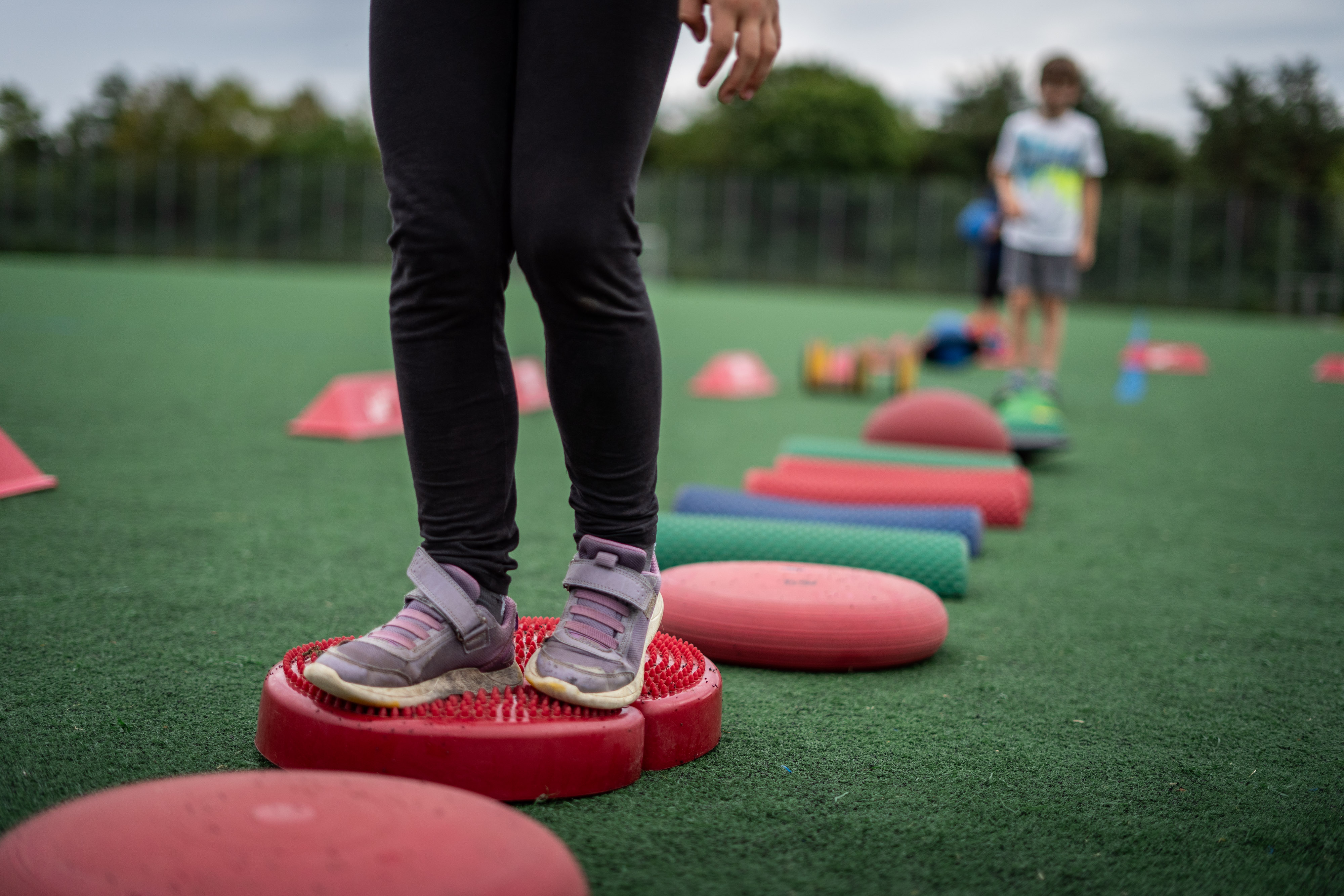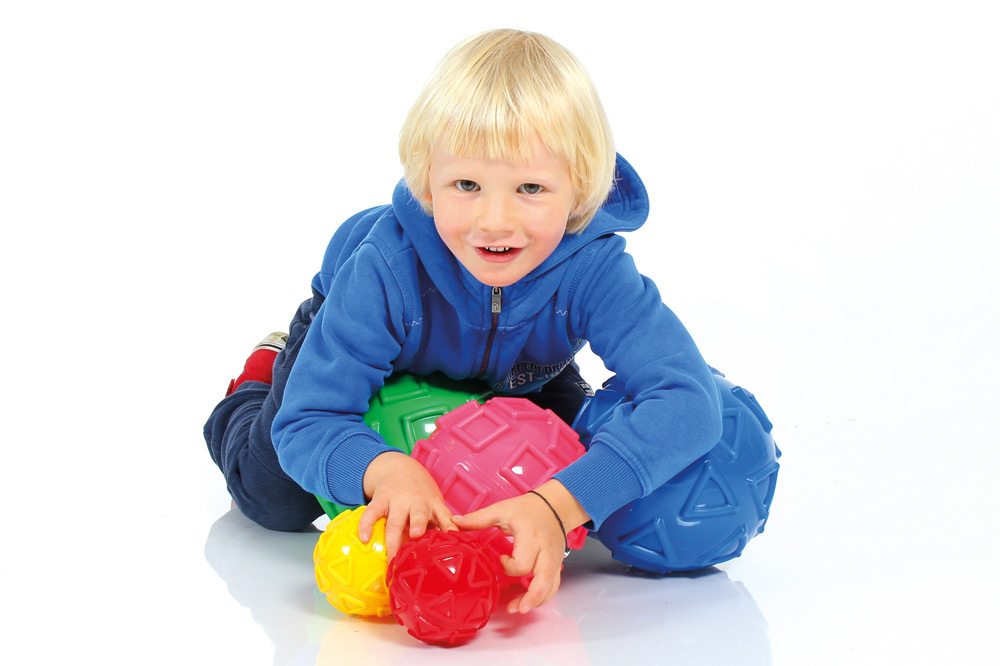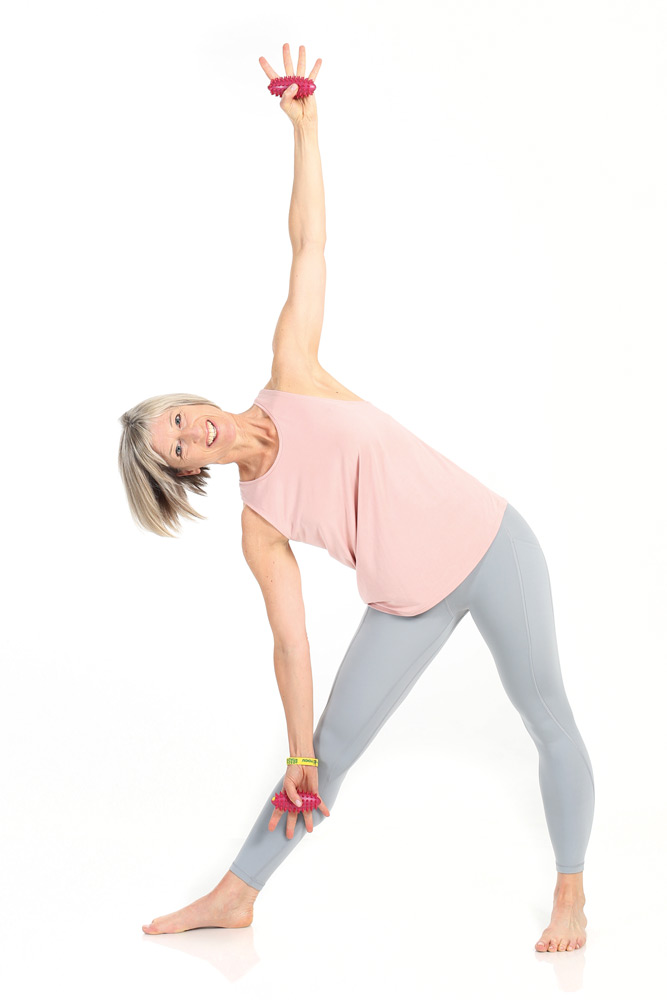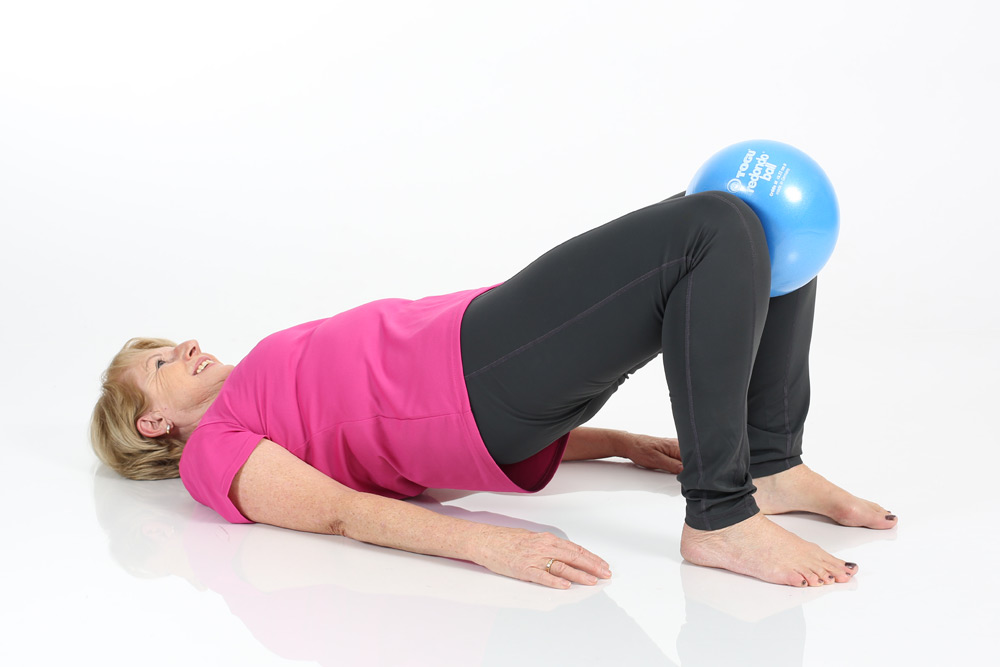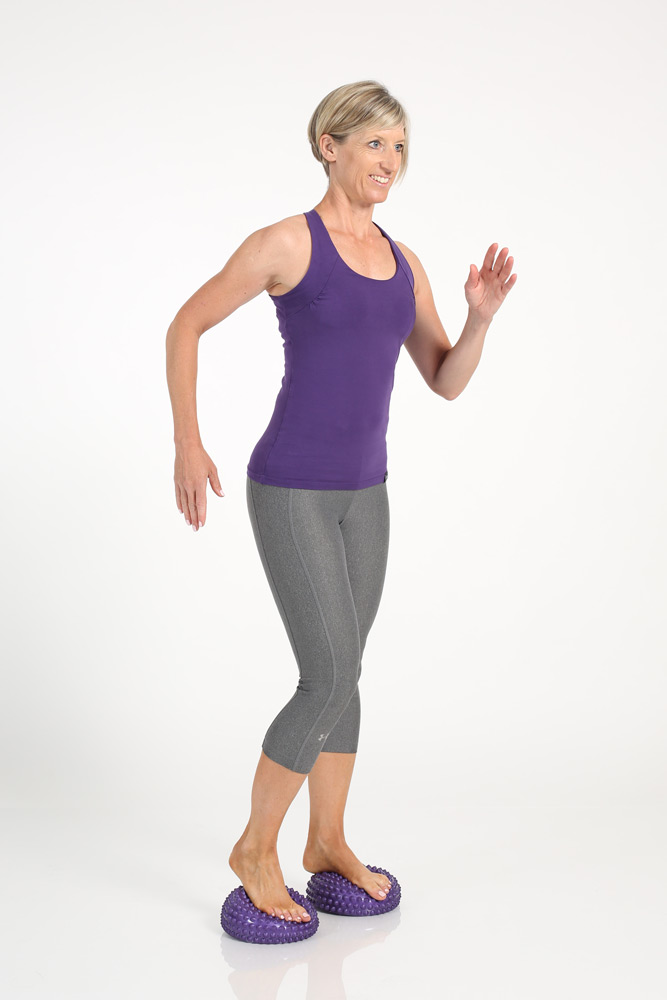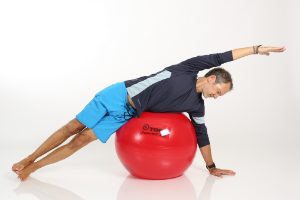
Pilates for runners; Simply better running
Running is healthy. It has a positive influence on our heart, our circulation, our weight, our mood, our muscles and joints and much more. And running is the most natural thing in the world – everyone can run! But unfortunately, not everyone is running for their health. Let’s be honest, how many people do you know who complain about one or two aches and pains after running? Statistically speaking, every second active runner gets injured at least once a year and has to take a break from running for a while. Most of these injuries are due to overuse, which can be traced back to inadequate posture, too high intensity or poor running technique.
This is where the Pilates method comes in. The Pilates Method creates the foundations in terms of flexibility, strength, coordination and breathing that support good running technique, increasing the body’s resilience as well as its ability to regenerate. Injuries are prevented and if an injury does occur, a faster recovery is guaranteed.
The book “Pilates for Runners” describes the most important Pilates exercises for runners, deliberately focuses on the respective benefits for running and gives all the important instructions for correct exercise execution. Numerous pictures illustrate the most important aspects of the exercises.
In addition, you will find supplementary exercises that specifically develop the physical characteristics that are important for runners, such as balance, fascia elasticity, alignment, powerful and mobile feet and ankles. All of the exercises and short training sequences described can be used separately or as part of your running session and will support you in practising your running sport with pleasure and free of complaints for a lifetime.
The following exercises are intended to give you a small insight into the variety of exercises. Have fun with trying them out.
Exercises for elastic fascia
Loosening the plantar fascia for more mobility in the ankle.
Starting position: Stand or sit and place one foot on a fascia ball.
Execution: Move the foot over the ball with gentle pressure and look for sensitive or painful points. When you have found a spot, apply more pressure to the ball. Alternatively, you can make small, twisting movements as if you were squeezing a piece of ember on the floor or massage over the point with stroking movements.
It is important that you feel the unpleasant sensation soften and the point calm down. If the pain becomes stronger, switch to another point and return to this spot at a later time.
Small, rhythmic jumps to increase fascia effectiveness.
Exercise 1: While standing, bounce loosely on the spot with parallel feet. Keep your body upright and your arms loose. Find a rhythm that feels light and elastic. When you have found your rhythm, lift your feet off the floor and do small jumps. Be sure to keep your rhythm and lightness of movement. The impact of the feet on the floor should not make any noise. Land broadly on the ball of the foot and bring the heel into light contact with the floor. By lowering the heel, you are using the full potential of your plantar fascia and Achilles tendon for the rebound movement. Start with 20 to 30 small jumps and increase up to 2 minutes.
Exercise 2: Make two marks for your feet on the floor. Then perform the exercise exactly as in exercise 1. Jump 20 to 30 times without looking at the marks. Then check if you are still on the marks. If you miss the marks, repeat the exercise and pay close attention to your posture. You can do the exercise in front of a mirror to check or film yourself doing it. If you have good posture, your feet should land on the marks again and again.
Spine Stretch (extract)
Goal: Good mobility of the spine; opening of the lower back; improvement of uprightness and posture; stretching of the backs of the legs; training of breathing.
Benefits for runners: Improvement of mobility of the spine and back of the legs; opening of the dorsal chain, especially of the cervical and thoracic spine, thus releasing tension.
Starting position: Neutral seat with the legs stretched and slightly more than shoulder-width open; the feet are flex (the back of the foot is drawn up); the heels push gently into the floor. The arms are extended forward parallel to the shoulders at shoulder height; the fingers are long and the palms face down.
Execution: Inhaling lengthen the spine, actively push the sitting bones into the floor and the crown of the head up towards the ceiling. Exhaling begin to roll forward from the head in a long, steady arc. Keeping the sit bones firmly anchored, pull the abdominal wall inwards and upwards to create a counter pull. Push the arms forward as far as possible parallel to the floor, without moving the pelvis.
In this way you also stretch the lower back. With an inhalation, roll back into the upright seat, vertebra by vertebra. To do this, actively push the sitting bones into the floor and straighten up using the strength of the abdomen. Repeat up to four times, deepening the movement each time.
Use of small equipment: Place your hands on the Powerball ABS. Put pressure on the ball and roll into a forward bend. The pressure on the ball activates the abdominal muscles and thus gives the back more stretch.
Sideplank (extract)
Goal: Improve strength and stability in side support; promote balance; strengthen arms and shoulders; strengthen and stretch the sides of the body.
Benefits for runners: Improve strength endurance of the trunk and leg muscles and thus improve stability and balance while running; reduce involuntary twisting in the upper body while running. Arm movement is improved as the shoulder girdle can be better stabilised.
Starting position: Sit sideways on the left hip; legs are bent and directly above each other. The left hand is placed to the left of the pelvis – the left arm is extended and the fingers point to the left. The right hand rests on the right ankle. The soles of the feet, pelvis, torso and left hand are in one line.
Execution: Inhaling push the outer edge of the left foot and the left hand forcefully into the floor. Exhaling activate your centre and lift the pelvis off the floor. The right arm flows in a large arc across the ceiling towards the head and the whole body stretches from the soles of the feet to the crown of the head in a long line. Hold the position for a few breaths and return to the starting position with control.
Repeat the movement on the new side.
Tip: For better balance, start by placing the upper foot in front of the lower foot.
Use of small equipment: Lie sideways over the Powerball ABS. This way you need to use less strength to support it, but you also need a lot of control that the ball does not roll away from under you.
Author: Christian Lutz
